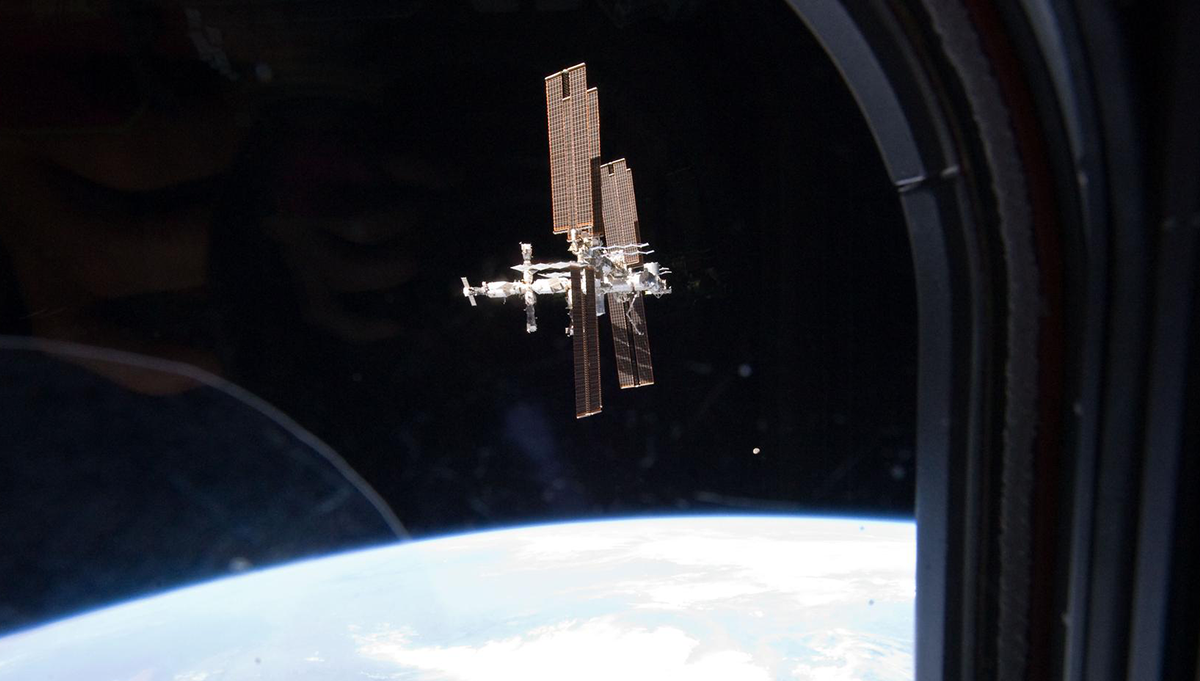ASK OCE — May 29, 2007 — Vol. 2, Issue 3
The European Space Agency’s Venus Express is capturing new images of Venus’s atmosphere.
In an effort to obtain better imagery of the planet’s stormy south pole, scientists operating the Ultraviolet, Visible and Near-Infrared Mapping Spectrometer (VIRTIS) tried a new approach. They focused on the south pole from the orbit apocentre, or the furthest distance of the spacecraft from the planet. This allows the instrument to keep the target in the field of view for longer than in other portions of the orbit, where the spacecraft travels faster. From this favorable position, scientists were able to make efficient use of VIRTIS’s multi-wavelength capability.
By using wavelengths longer than 3 microns in the thermal infrared range, VIRTIS can obtain a combined view of the day and night sides simultaneously. This is more convenient since at shorter wavelengths, the difference between the thermal radiation emitted on the day and night sides is too high to observe both regions simultaneously without “blinding” some channels of the camera.
Read more about Venus Express.
In This Issue
Message from the Chief Engineer
NASA On the Hill: Transition to Next Generation Human Spaceflight System
This Week in NASA History: JFK’s Moon Challenge
Universal Management Lessons from GP-B
NASA Scientists Honored
Leadership Corner: Charles Koch on the Science of Success
A View from the Outside: Venus Express
Archimedes Archive: The Anemometer





